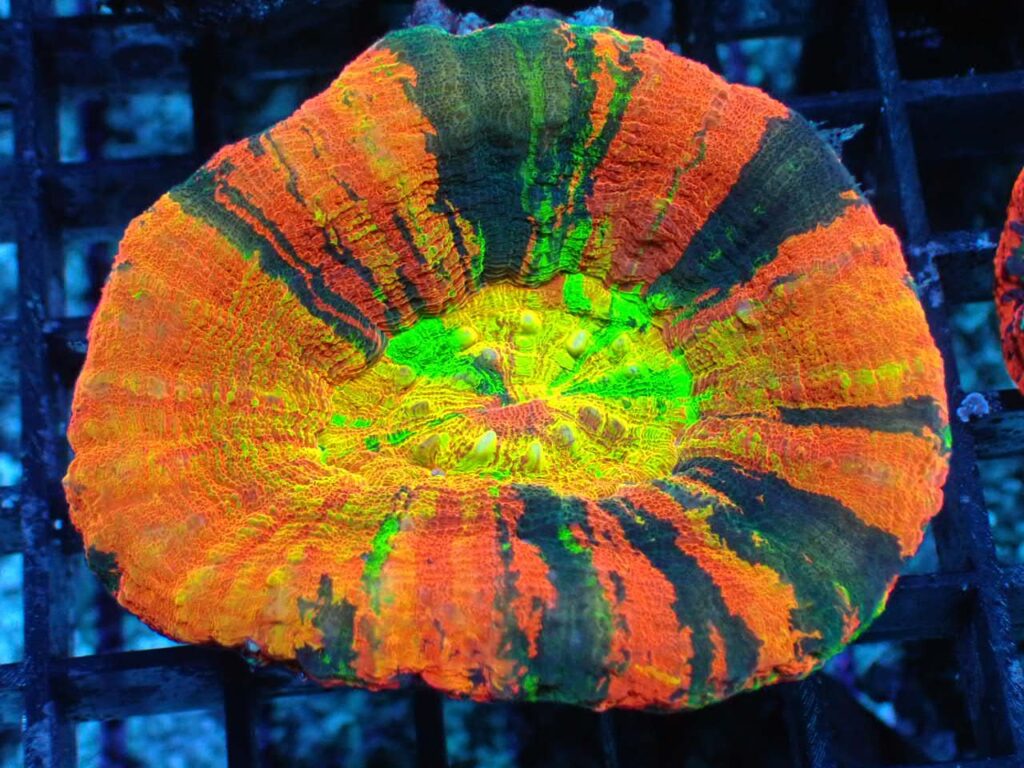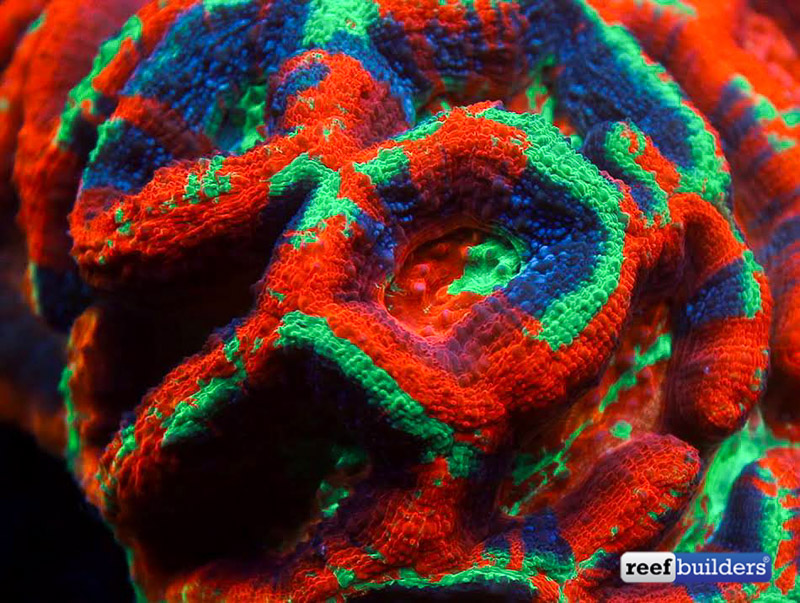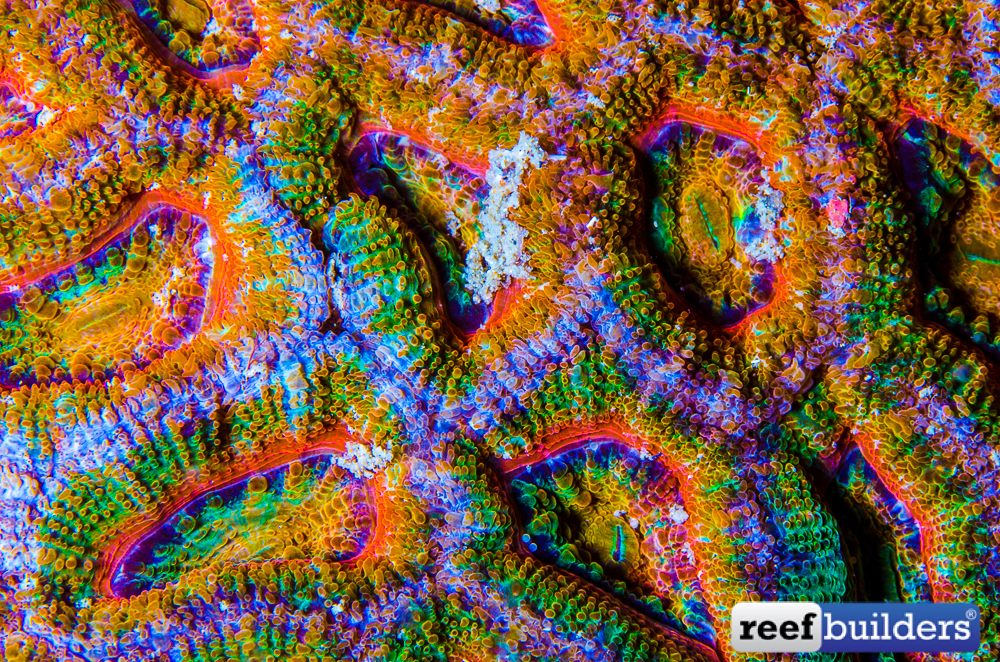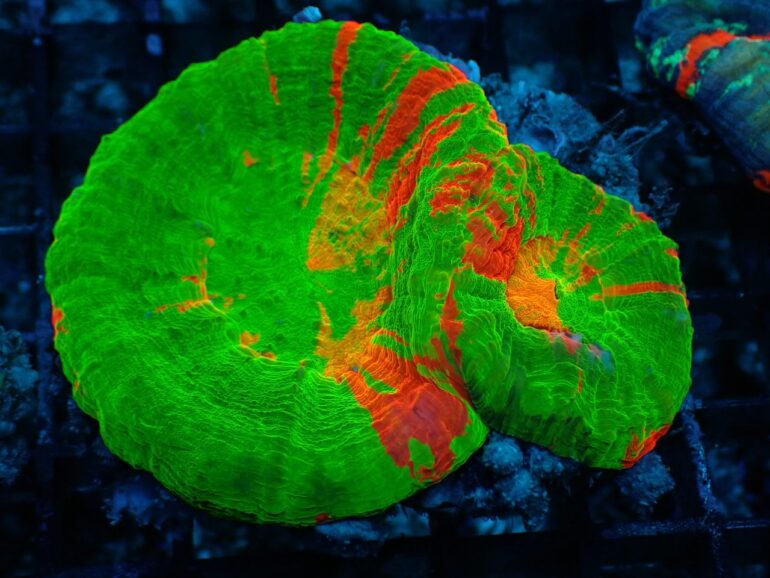Homophyllia cf. australis and Micromussa lordhowensis have been given an extreme risk rating by the Queensland Coral Fishery Ecological Risk Assessment, 2022. In ongoing reforms to the management of the fishery, a harvest strategy has now been implemented based on species-specific data, with the aim of lowering the risk that commercial collection has versus data collected in 2008 and 2013.
22 species were included in the ERA, with risk calculated via Consequence and Likelihood Analysis. Risk scores are based on an evaluation of the extent of an undesirable event (consequence) and the likelihood of the consequence occurring for each species. Consequence is multiplied by the Likelihood to give Risk, with risk ranging from negligible to severe, (affecting a population’s capacity to increase,) to catastrophic, meaning local extinctions are imminent. Consequence was considered over a time frame of 10 years.

“Of the 22 species progressed to the workshop, eight were classified as being at a low risk, three a moderate risk, two a high risk, and two an extreme risk.” The Queensland Coral Fishery stated in its report.
“Five species with risk profiles dating back to 2013 were assigned higher risk ratings. The most significant changes were observed in Micromussa lordhowensis and Homophyllia cf. australis where risk levels increased from low and moderate (respectively) to extreme. While not as severe, the risk rating for Euphyllia glabrescens and Trachyphyllia geoffroyi increased from low and moderate (respectively) to high. All five species with higher risk ratings were assigned consequence and likelihood scores based on workshop deliberations. Accordingly, these increases reflect a change in the fishing or marketing environment versus variations in how uncertainty was addressed in the 2013 and 2022 assessments. Homophyllia bowerbanki was the only species included in Phase 1 of the QCF ERA update to be assigned a risk rating lower than in the 2013 assessment.”

Total Allowable Commercial Catch
One of the ways that the Queensland Coral Fishery manages species collection is by implementing Total Allowable Commercial Catch. Ultra Coral Australia demonstrated this recently on their social media by informing their customers that Lords have hit their no-take limit until July 2023. Reports like this, although highlighting the risk to some species, will ultimately help them to be managed and their collection become much more sustainable for the long term. The aim of management and monitoring the Fishery is to lower species-specific risk ratings versus previous assessments and the data and protocols have already massively improved.
The Queensland Coral Fishery (QCF) is a quota-managed, hand-collection fishery that primarily operates within the confines of the Great Barrier Reef Marine Park (GBRMP). A restricted harvest of corals is also permitted in two small areas of southeast Queensland. As the non-commercial collection of coral is highly restricted within marine parks, most corals are harvested for commercial purposes. Fishing-related risks in the QCF are being actively addressed through the Queensland Sustainable Fisheries Strategy 2017–2027, the Marine Aquarium Fish and Coral Fisheries Working Group, and the WTO approval.




